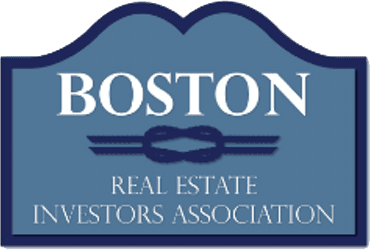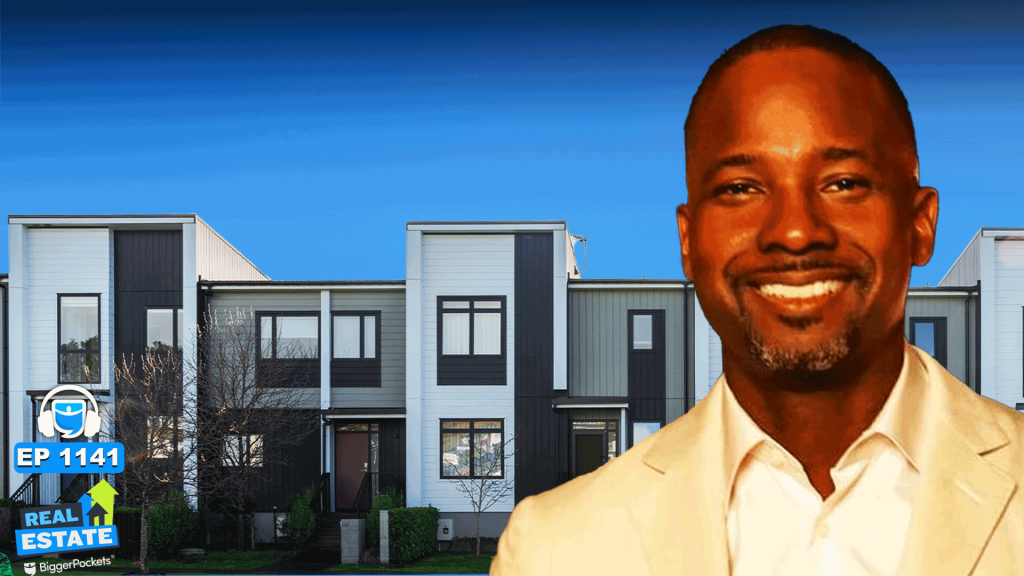How One Investor Went from $3,000 in the Bank to $12,000 a Month—and an Early Retirement Plan
Imagine taking a ten-year break from investing, then coming back and building enough cash flow to walk away from your day job forever. That’s exactly what Andre Taylor is doing—and his story is proof that financial freedom through real estate is not only possible, but repeatable if you stick to a plan.
Today, Andre brings in about $12,000 per month in cash flow and is set to retire before the age of fifty. But his journey didn’t start with a big inheritance or a giant windfall. In fact, when he bought his first property, he had just $3,000 in the bank.
From Sweat Equity to Freedom Number
Andre’s real estate mindset was instilled early by his mother, who always told him, “Buy real estate when you grow up.” So, in 2007, with a degree in electrical engineering and a steady aerospace job in St. Louis, Andre closed on his first deal—a foreclosed duplex. He negotiated the price down to $75,000 after discovering the copper pipes had been stolen right before closing. He scraped together $2,800 to close—almost every dollar he had.
With sweat equity and nights spent painting and installing cabinets, Andre turned that rundown duplex into a cash-flowing rental, pulling in about $300 per month, per unit. The lightbulb went off: What if I did this enough times to replace my salary?
That’s when he learned about the concept of a “freedom number”—the amount of passive income needed to cover his expenses. For Andre, that number was $10,000 per month. Running the math, he figured he’d need about 32 rental units to get there.
So, the goal was set: 32 doors.
A Decade-Long Pause—and a Second Wind
Life doesn’t always follow a straight line. After buying a second duplex in 2008, Andre stepped away from real estate for nearly a decade. He focused on his engineering career, moved to Las Vegas for work, and almost pivoted into owning a laundromat. But something kept nagging him: You didn’t finish what you started.
So in 2017, Andre jumped back in. By 2018, he was under contract for a four-unit and a duplex—both within walking distance of his first property in St. Louis. He closed on both the same day, despite the seller of the four-unit unexpectedly popping up on a terrorist watch list (yes, really). That deal went through the next day—only in real estate!
With momentum back on his side, Andre was all in.
The Black Mold and the “Taj Mahal”
His buying spree wasn’t without challenges. In 2019, he found a boarded-up duplex across the alley from one of his existing properties. It was listed for $60,000, so he jumped on it—only to discover it was riddled with black mold.
Rather than panic, Andre rolled up his sleeves. He gutted the building to the studs and turned it into a single-family rental. When he struggled to sell it during the hot pandemic market, he pivoted to Airbnb. In its first two months, the unit generated $11,000 in rental income—proving that flexibility and creativity pay off.
By late 2021, Andre was holding 13 units but knew he needed to scale faster to hit that freedom number. So, he sold off multiple smaller properties, pocketed a quarter-million dollars in profit, and used a 1031 exchange to roll that capital into bigger deals.
Buying Up the Block
Instead of spreading himself thin, Andre focused on buying multiple similar buildings on the same street in Chicago. He calls this the “buy up the block” method—a smart strategy to control an area, keep an eye on his properties, and build economies of scale.
He purchased two six-unit buildings—his “red hotels,” as he calls them, a nod to Monopoly—using his W-2 income to secure favorable financing. He raised rents to market rates, added garage income, and turned underperforming properties into cash cows.
Over the next two years, he acquired more multi-units on the same block. One key to his success? Good old-fashioned hustle. For example, when he saw a nearby five-unit and six-unit owned by the same landlord, he didn’t cold-call—he wrote him a letter. The owner called back immediately, leading to deals that pushed Andre closer to his goal.
Today, Andre’s portfolio sits at 32 doors, generating $12,000–$14,000 per month in cash flow—right on target with his original “freedom number.”
Why He Still Works a Day Job
Despite this success, Andre still works his aerospace job. Why? Because that steady paycheck makes him lendable. It funds new deals, covers living expenses, and gives him the luxury of reinvesting his cash flow back into his buildings for bigger returns later. There’s no rush—he’ll walk away when the time and the portfolio are perfectly aligned.
The Takeaway: Set Your Number and Work Backwards
Andre’s story isn’t about a secret investing hack or winning the lottery. It’s about having a clear goal, working backwards, sticking to a simple plan, and taking consistent action—even if life interrupts you for ten years.
If you know your freedom number and stick to the formula, early retirement is possible—whether you start with $300,000 or, like Andre, just $3,000 and a willingness to swing a paintbrush on nights and weekends.
So, what’s your number?

